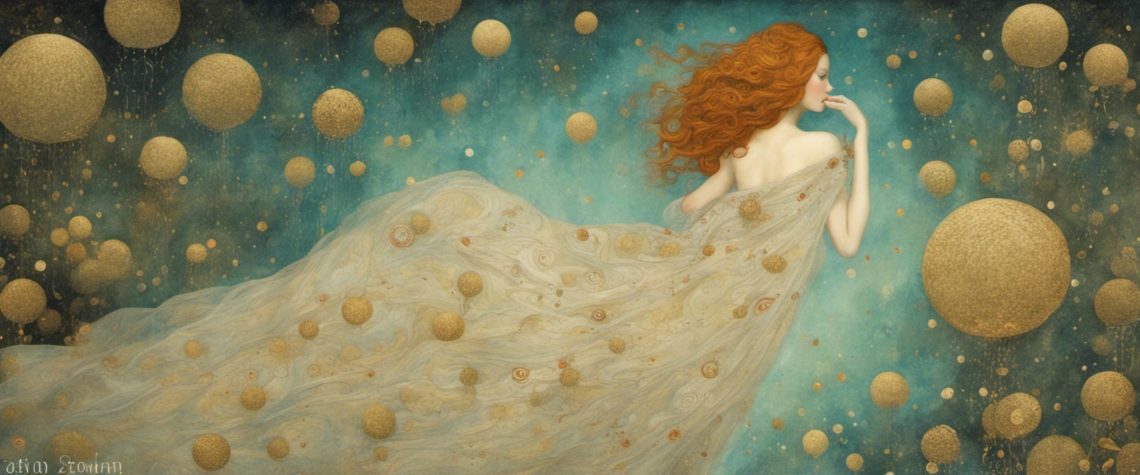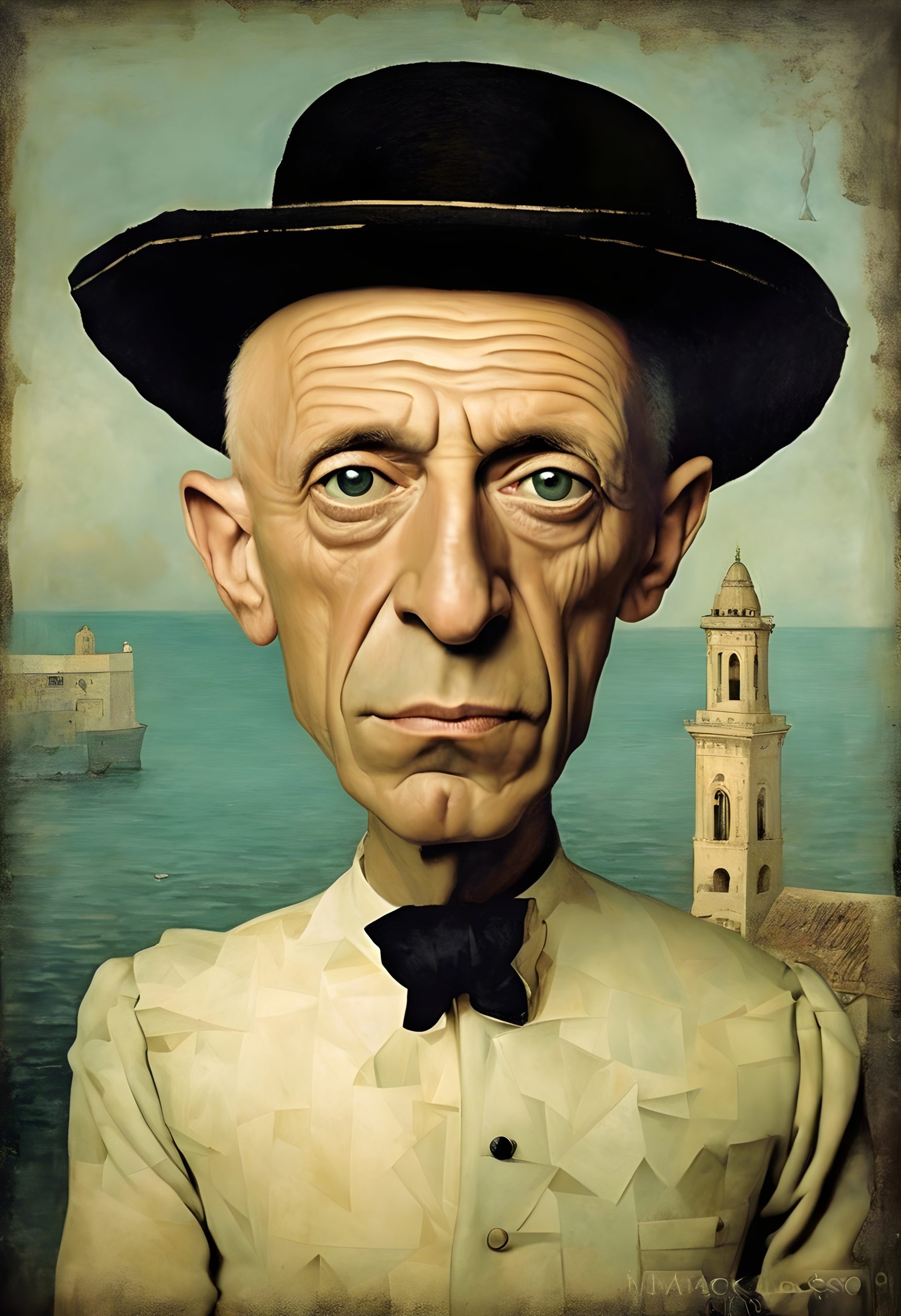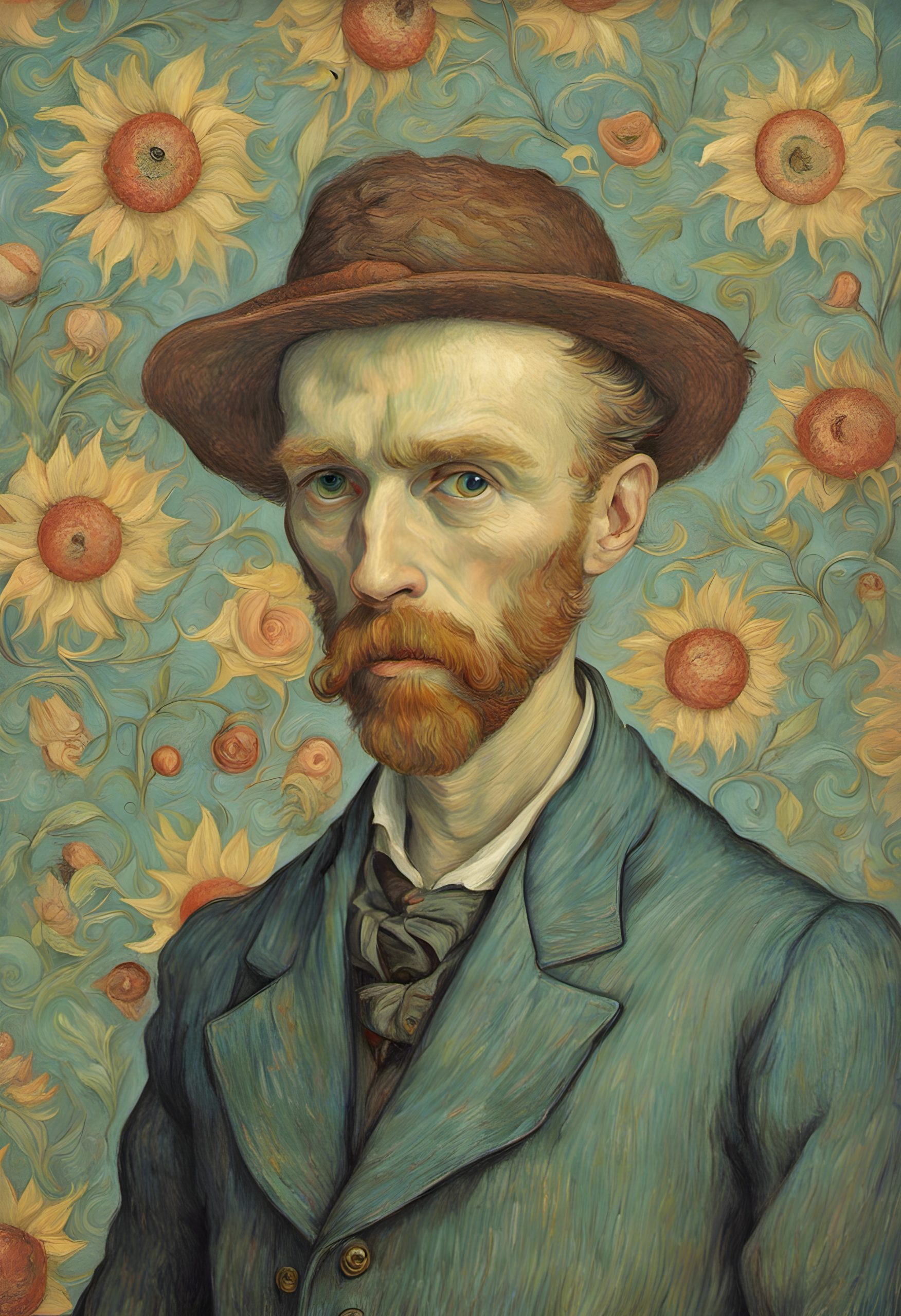Introduce kids to the lucid-dream-like world of cubism with this Pablo Picasso art history lesson for elementary students and homeschooled kids.
Who was Pablo Picasso?
Pablo Picasso was a famous artist known for his unique and groundbreaking style.
He was born on October 25, 1881, in Málaga, Spain, and his artistic journey would go on to influence the world of art in ways that are still felt today.
Picasso’s life and style are a fascinating journey of creativity, experimentation, and innovation.
Early Life
Picasso’s journey as an artist began at a very young age. His father was an art teacher, and he encouraged his son to explore his artistic talents. By the time he was 7, young Pablo was already impressing people with his exceptional drawing skills. This early exposure to art would lay the foundation for his future success.
Blue Period
One of the most remarkable aspects of Picasso’s art is the way he went through different artistic phases. One of his early phases was the “Blue Period.” During this time, he predominantly used shades of blue and blue-green in his paintings. The themes were often somber, reflecting the hardships and struggles he saw around him.
His paintings during this period convey deep emotions and a sense of melancholy.
Rose Period
Following the Blue Period, Picasso transitioned into his “Rose Period.” During this time, he began to use warmer colors like pinks and oranges. His subjects shifted to more joyful and circus-themed scenes. This period marked a significant change in his style, showing his ability to adapt and experiment with different themes and colors.
Cubism
One of Picasso’s most famous contributions to the art world was the development of Cubism. Along with Georges Braque, Picasso co-founded this revolutionary art movement. Cubist paintings featured abstract shapes and perspectives, breaking away from traditional art that aimed to depict reality as accurately as possible.
Instead, Picasso and Braque fragmented their subjects into geometric shapes, challenging viewers to see the world in a new way.
Guernica
One of Picasso’s most famous paintings is “Guernica,” which he created in response to the bombing of the Spanish town of Guernica during the Spanish Civil War. This mural-sized painting is a powerful anti-war statement, and it demonstrates Picasso’s ability to use his art to express deep emotions and convey powerful messages.
Later Life
Throughout his life, Picasso continued to innovate and experiment with different styles and mediums. He was a prolific artist, creating thousands of works, including paintings, sculptures, ceramics, and more. He also had a knack for reinventing himself and adapting to new artistic trends.
Pablo Picasso’s impact on the art world is immeasurable. His ability to continuously evolve his style and experiment with different forms of expression has inspired countless artists. He challenged traditional notions of art, pushing boundaries and inviting us to see the world in a different way.
Pablo Picasso’s life and style are a testament to the power of creativity and innovation. His ability to adapt and evolve as an artist is a source of inspiration for people of all ages, including middle school students. His artistic journey encourages us to embrace change, explore new ideas, and think outside the box.
Whether it’s the somber Blue Period, the joyful Rose Period, the revolutionary Cubism, or his powerful anti-war statement in “Guernica,” Picasso’s art continues to captivate and inspire us, proving that art is a lifelong journey of self-expression and discovery.
Picasso’s life and work remind us that it’s okay to be different and to create in our unique way, making the world a more colorful and interesting place.
Key Vocabulary & Definitions
Innovation: The process of introducing new ideas, methods, or products to bring about positive change or improvement.
Melancholy: A feeling of deep sadness or sorrow.
Abstract: Not representing the physical world in a realistic way, often characterized by non-representational shapes, forms, or concepts.
Cubism: An art movement that began in the early 20th century, characterized by the use of geometric shapes, multiple perspectives, and the deconstruction of subjects into abstract forms.
Prolific: Producing a large quantity of something, often used to describe artists or writers who create a significant body of work.
Reinvent: To make something new or different by changing or modifying it, often in a creative or innovative way.
Artistic Movement: A period in art history when artists share common ideas, styles, and approaches to their work. Movements often have a significant influence on the art world.
Sculpture: Three-dimensional art created by carving, modeling, or assembling materials such as wood, stone, metal, or clay.
Medium: The materials and tools an artist uses to create their work, such as paint, canvas, clay, or photography.
Expression: The act of conveying thoughts, emotions, or ideas through various forms of art, including painting, writing, music, and more.
Adapt: To adjust to new conditions or circumstances, often by changing one’s approach or behavior.
Immeasurable: Something that cannot be measured or quantified because it is too vast, extensive, or valuable.
Somber: Dark, gloomy, or serious in mood or tone.
Influence: The capacity to have an effect on the character, development, or behavior of something or someone.
Powerful Message: A clear and impactful statement or idea communicated through a piece of art, literature, or other means of expression.
Inspirational: Something that arouses or encourages creativity, motivation, or a desire to achieve something.
Revolutionary: Involving or causing a major change or shift in a particular field, often related to innovation or new ideas.
Boundary: A limit or dividing line that separates one thing from another, often used metaphorically to represent the limits of a concept or idea.
Unique: One-of-a-kind, distinctive, or possessing qualities that make something or someone stand out from the rest.
Self-expression: The act of conveying one’s thoughts, emotions, and individuality through various forms of communication or art.
Recommended Reading
Compliment your lesson plan with one or more of the following books. As always, I encourage you to check your local library for available titles, but should you need to purchase them, I have included affiliate links for your convenience.
A Child’s Introduction to Art History
A Child’s Introduction to Art: The World’s Greatest Paintings & Sculpture is one of my favorite books for teaching art history to elementary-aged kids.
It offers a beautiful section on Picasso. Better still, you can use it over and over to cover many other artists and give your student(s) a good overview of art history from all over the world and across centuries.
Little People, Big Dreams: Pablo Picasso
I rely a lot on the Little People, Big Dreams series for teaching younger children about historical figures in general.
(I used a book from this series in my lesson on Jean-Michel Basquiat as well).
The Pablo Picasso book from this series has clever, eye-catching illustrations and age-appropriate facts about this famous artist.
Picasso Art Project for Kids
This fun, easy project is perfect for kids 6-9 (or younger if they have good scissor skills).
Materials:
-scrap cardboard
-scrap fabric
-craft glue
-markers and/or paint
Step 1
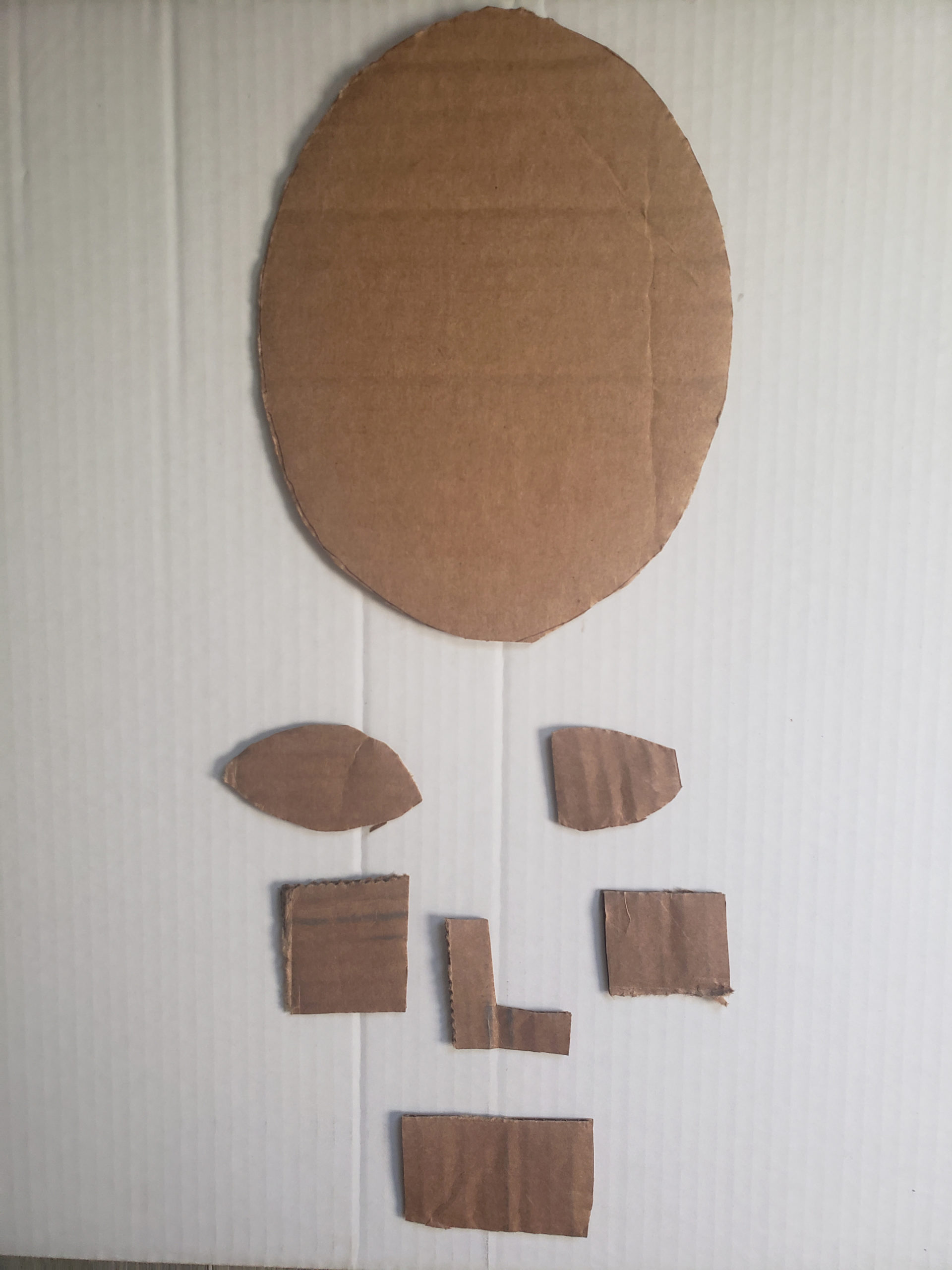
Cut out the cardboard.
Encourage the kids to experiment with different face shapes (oval, inverted triangle, square, etc.).
Then, cut out one small piece for each facial feature (eyes, nose, ect). These do not need to be precise or perfect. Rough shapes are fine.
Step 2: Cover the face with scrap fabric.
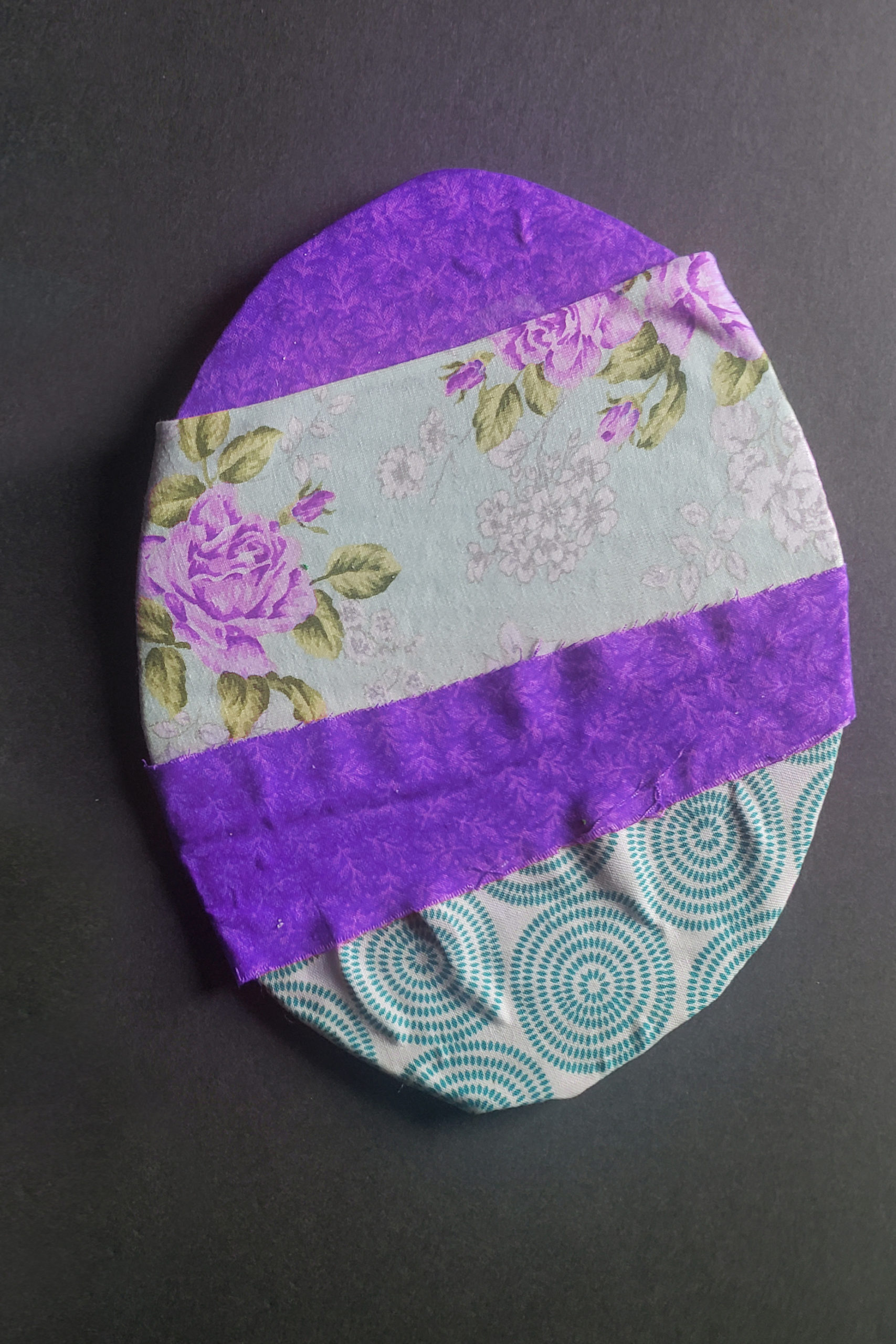
Glue strips of fabric onto the face shape.
Pro tip: This is waaaaay easier if you dip the fabric in a bowl of water first. It wraps and sticks much more easily.
Step 3: Paint facial features.
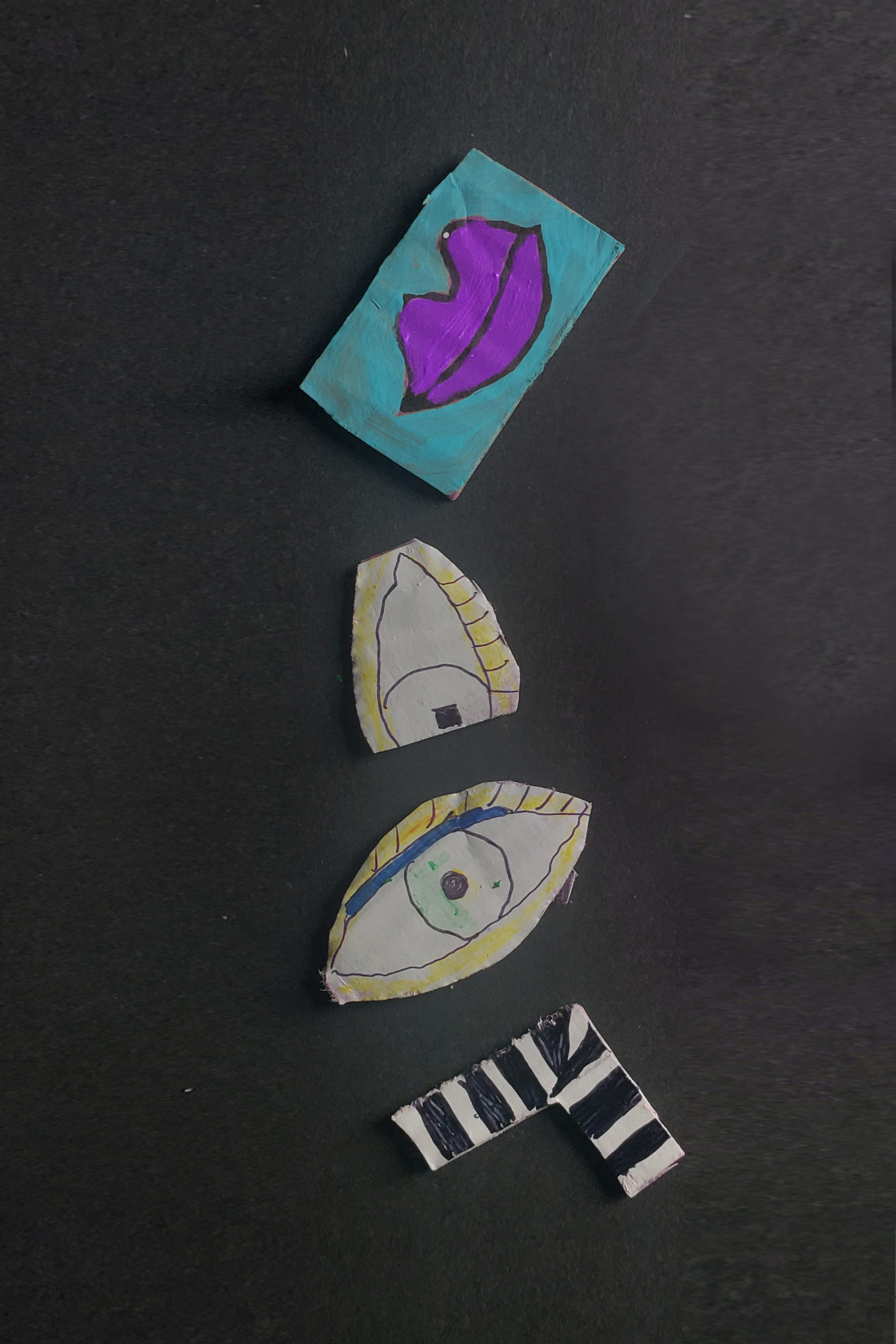
Offer the kids a mix of media options. They can use pens, markers, paint, etc to decorate the facial features.
Step 4: Glue face pieces onto the face.
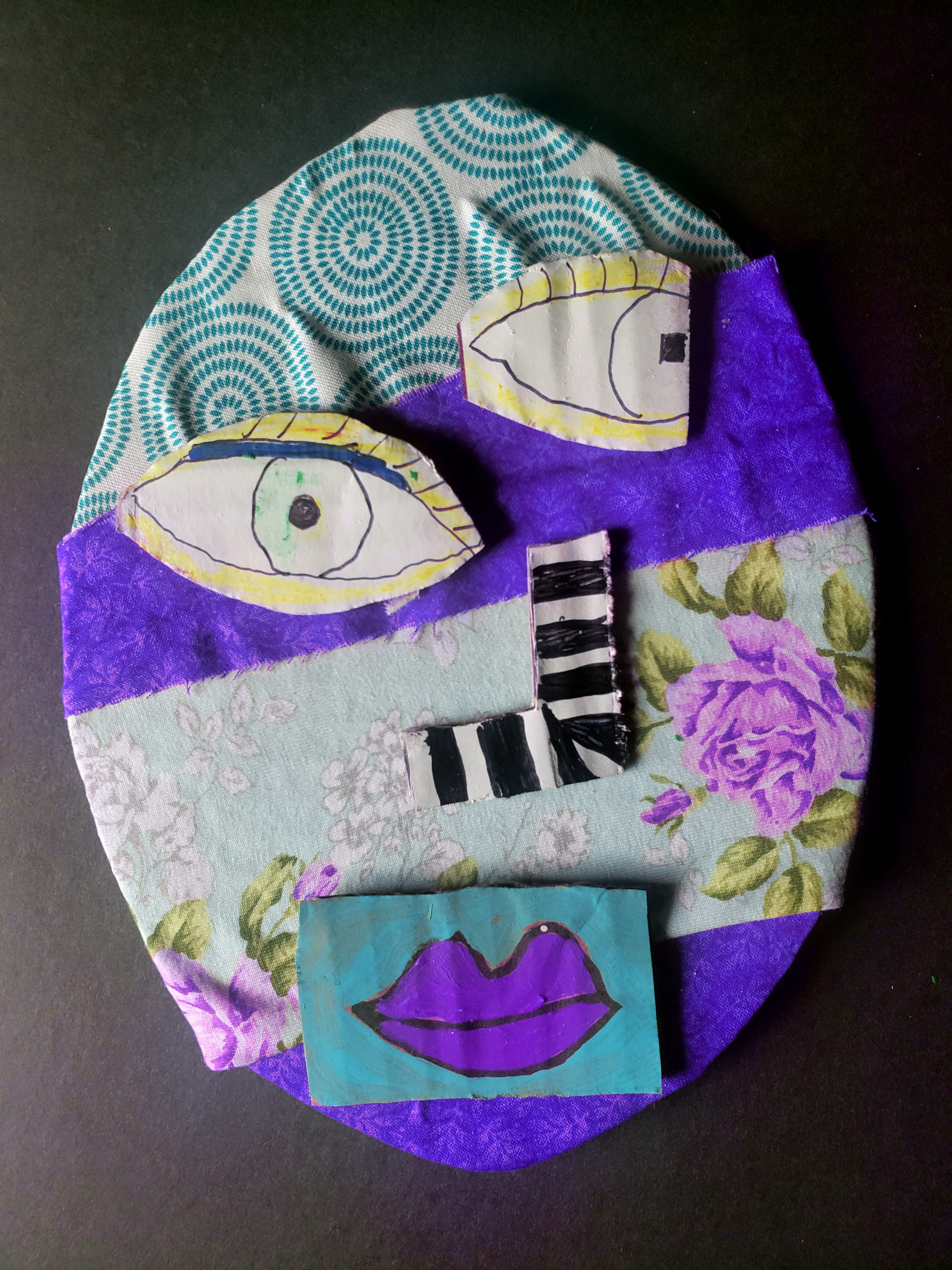
After everything dries, glue the facial features onto the face. You’re done! Pretty cute, huh?
